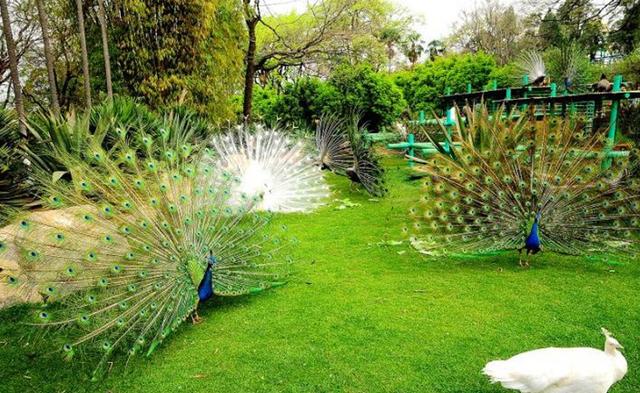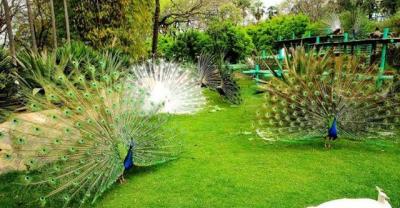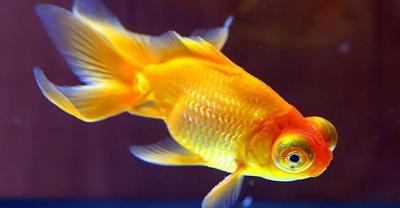Artificial Culture Technology of Peacock
Wen / Su Shuangquan
Recently, many peacocks are farmed. Today, I would like to share with you the artificial breeding techniques of peacocks.
Peacock meat quality is beautiful, protein amino acid content, bone calcium content is much higher than that of ordinary birds, low fat content, according to the new American food standards have reached the "extremely lean" meat standards. At present, peacocks sell very well in domestic and foreign markets. Guangzhou alone has sold 40, 000 peacocks this year. Together with Shenzhen, Zhuhai, Zhongshan, Shantou and other places, the annual sales are expected to reach 500000. In addition, there is a greater market demand in Western Europe, Southeast Asia and other countries. At present, the market price of peacocks is 60 yuan per kilogram. Generally speaking, the weight of peacocks can reach 3 to 3.5 kilograms after being raised for eight months. Excluding the cost, each peacock can make a profit of more than 130 yuan. Raising peacocks is a good way for farmers to get rich, especially in rural areas rich in wild plant resources.
Peacocks have miscellaneous food habits, eating plant seeds, rice, sprouts, grass seeds, green vegetables, etc., as well as some berries, crickets, grasshoppers, moths and other insects. Peacocks can be sold in captivity for 8 to 10 months and have a lifespan of 20 to 25 years.
Culture technology
First, the site equipment. Peacocks are easy to raise and breed, and the requirements of breeding conditions are not high. Generally, peacocks can be raised in pairs or 1 male, 2 to 3 female cages, or they can be released on a large scale, but they need to be fed in a fixed place. Houses generally 5 × 5 × 5 meters, can also be large-scale stocking, covered with barbed wire (mesh 1.5 to 2.0 cm). The cage should be suitable for land, installation of habitat bars or construction of some habitat farms. The house should be located from north to south, with high terrain and plenty of light, so as to keep warm in winter and cool in summer. The floor of the house is hard-bottomed, with sand on the top and a perch bar at a height of 2 meters. The cage should be remote and quiet around.
Second, feeding methods. Animal feed uses minced meat, cooked eggs, insects, fish meal, flour and so on; plant feed includes granule and mixed feed. The grains are sorghum, corn, barley, sesame seed or perilla seed. At the same time, according to the growth and development of peacocks, feed with adequate nutrients and easy digestion, mainly protein, vitamins and minerals. The daily feeding times are roughly according to three growth stages: from 1 to 10 days old, four times a day; from 11 to 30 days old, three times a day; and from 31 to 90 days old, 2 to 3 times a day, and the peacocks over 90 days old are fed the same as adult peacocks. They are all fed 2 to 3 times a day.
Third, peacock management. Try to keep the environment quiet and strictly prohibit noise. Give a signal before each feeding and establish a food conditioned reflex. Every day to carefully clean the cage, clean up feces, if found dilute feces or bloody faeces, should be quickly tested, timely treatment. The cushions should be clean and changed frequently. Tableware and drinking utensils should be scrubbed every day and ironed and sterilized once a week.
Fourth, disease prevention and treatment. The principle of giving priority to prevention and supplemented by treatment must be adopted. The main infectious diseases of peacocks are chicken Newcastle disease, chicken Marek, chicken pullorum, fowlpox and so on. In order to avoid the occurrence of these diseases, first of all, strict daily hygiene work should be carried out. Every spring and autumn, the sand in the cage should be thoroughly cleaned and disinfected, and the sand in the cage should be completely removed. After disinfecting with 3% or 5% cresol soap, new sand should be replaced. Regular vaccination shall be carried out in accordance with the regulations. Pay attention to moistureproof in overcast and rainy season, and feed insect repellent regularly, usually half a month to one month as a course of treatment. To prevent enteritis, 0.1% potassium permanganate aqueous solution can be fed properly.
Fifth, feed formula description. In the feed formula of peacocks of all ages, 20 grams of multi-vitamins, 100 grams of trace elements and 100 grams of egg (lysine) should be added to every 100 kg feed. Practice has proved that this formula, calculated according to the current feed market price of 2 yuan per kilogram, can reduce the cost by about 50%, which is more suitable for farmers.

-
Wechat public account: ABCyangzhi
Share aquaculture experience and technology Internet forward-looking information.
- Prev

How to cultivate bamboo leaf orchid
Bamboo leaf orchid is a kind of tall land orchid, the height can reach 70CM above, breed very easy to raise, can be raised outdoors, need sufficient in growing period.
- Next

Frog farming techniques: how about frog farming projects? Profit and risk market prospect of raising frogs
In recent years, frog breeding has been favored by the market, in addition to the rigid demand of the market, the breed characteristics that are easy to breed is also one of its factors. It is understood that in.
Related
- On the eggshell is a badge full of pride. British Poultry Egg Market and Consumer observation
- British study: 72% of Britons are willing to buy native eggs raised by insects
- Guidelines for friendly egg production revised the increase of space in chicken sheds can not be forced to change feathers and lay eggs.
- Risk of delay in customs clearance Australia suspends lobster exports to China
- Pig semen-the Vector of virus Transmission (4)
- Pig semen-the Vector of virus Transmission (3)
- Five common causes of difficult control of classical swine fever in clinic and their countermeasures
- Foot-and-mouth disease is the most effective way to prevent it!
- PED is the number one killer of piglets and has to be guarded against in autumn and winter.
- What is "yellow fat pig"? Have you ever heard the pig collector talk about "yellow fat pig"?

